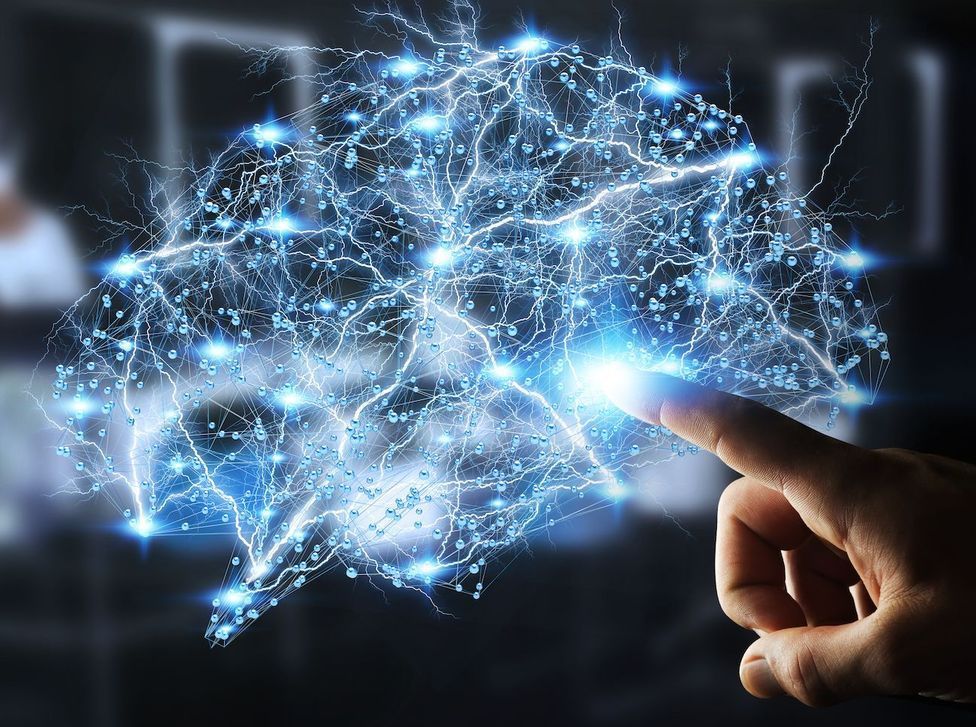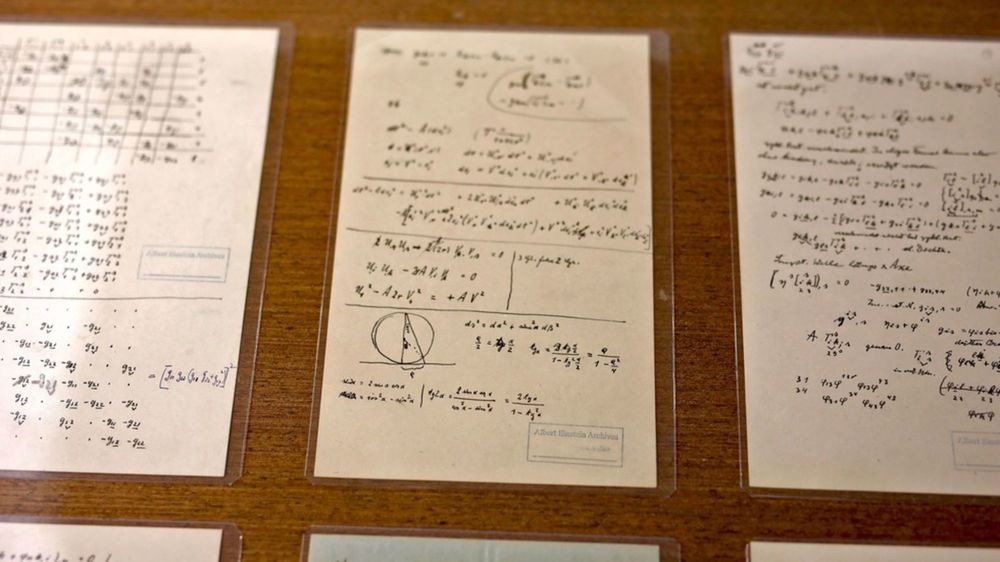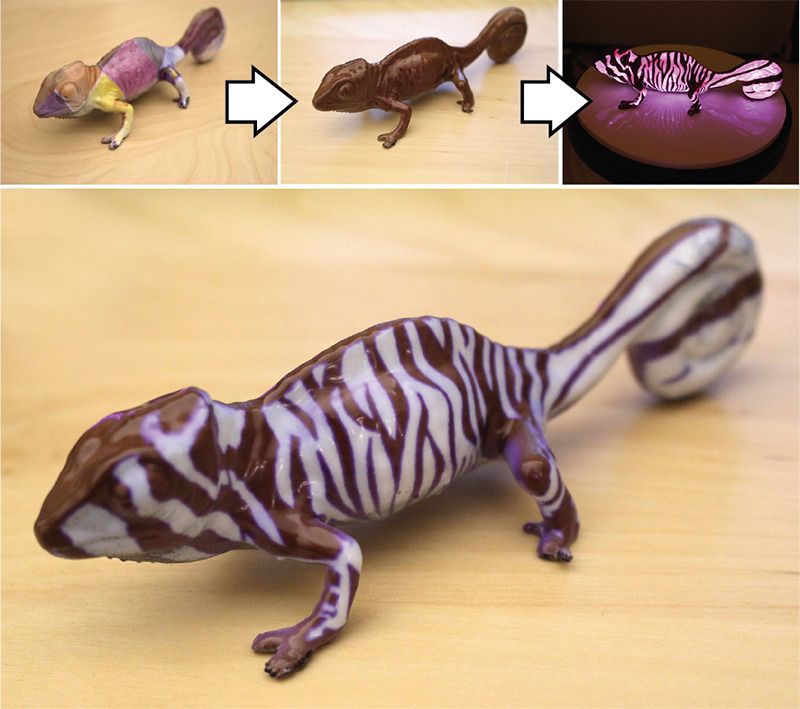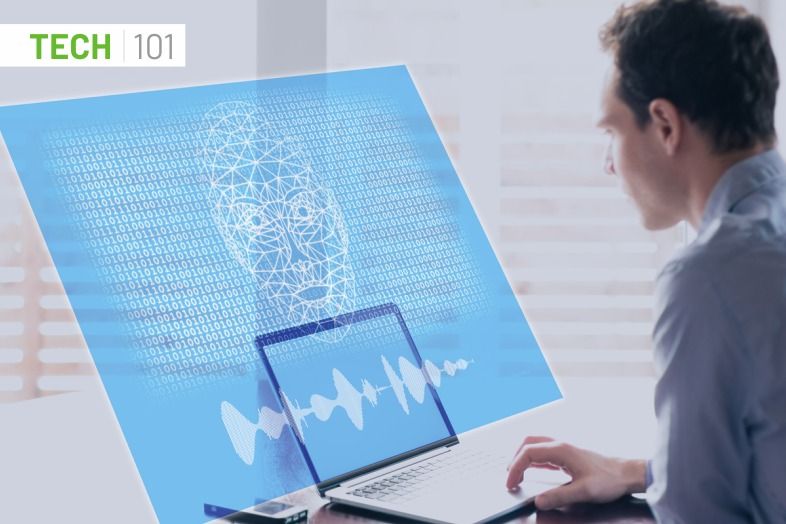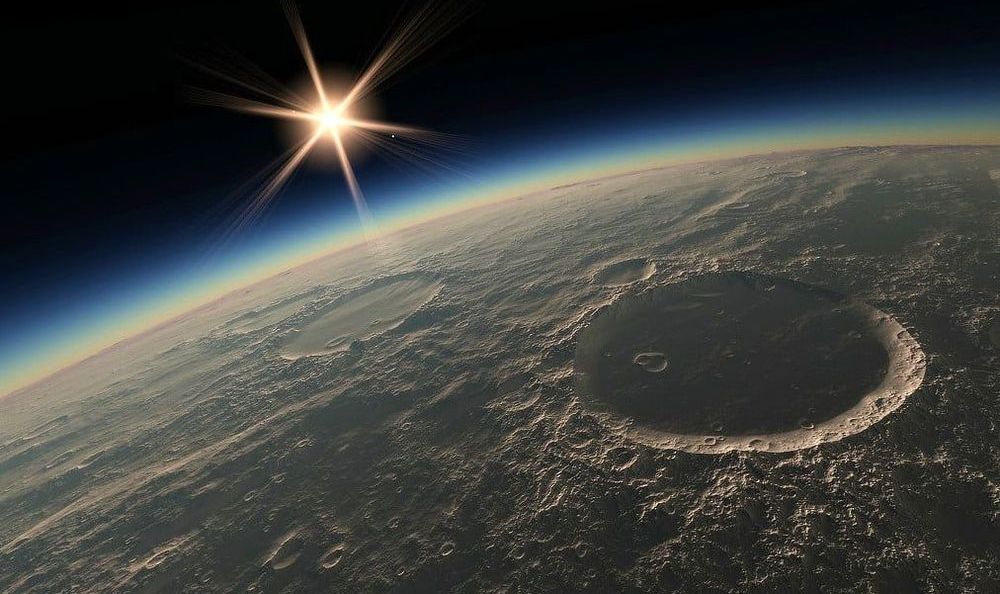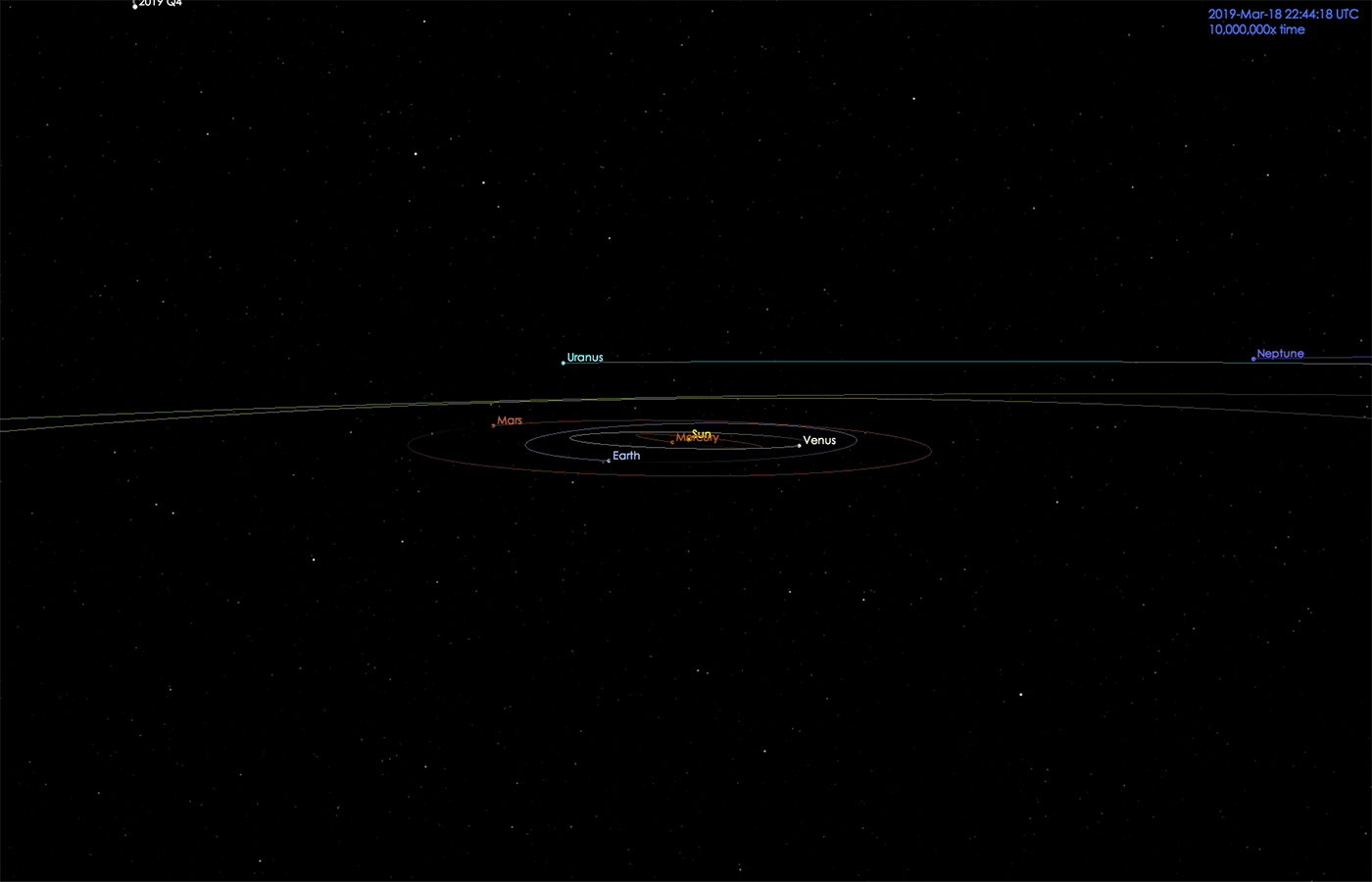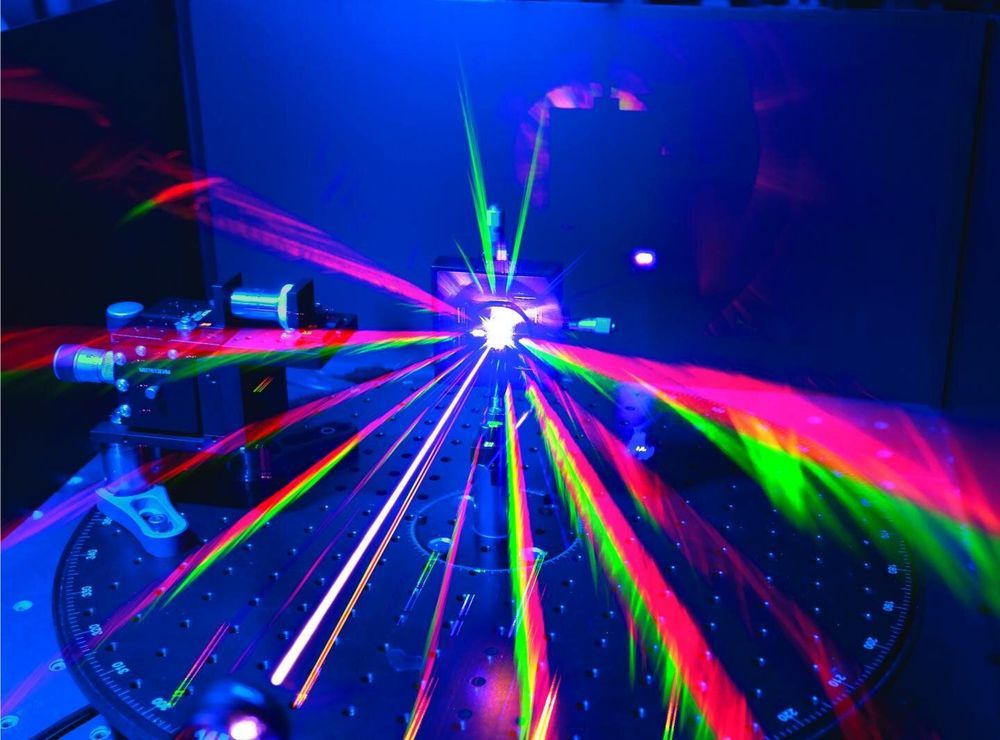Sep 13, 2019
Bringing light to a halt: Physicists freeze motion of light for a minute
Posted by Quinn Sena in category: physics
Circa 2013 o.o
Physicists have been able to stop something that has the greatest possible speed and that never really stops: light. A decade ago, physicists stopped it very for a short moment. In recent years, this extended towards stop times of a few seconds for simple light pulses in extremely cold gases and special crystals. But now the same researchers extended the possible duration and applications for freezing the motion of light considerably. The physicists stopped light for about one minute. They were also able to save images that were transferred by the light pulse into the crystal for a minute — a million times longer than previously possible.
Close.

